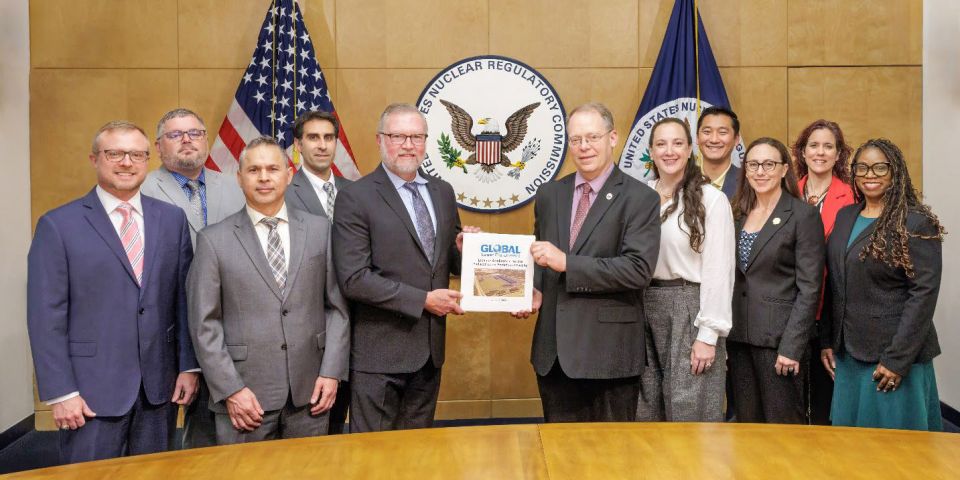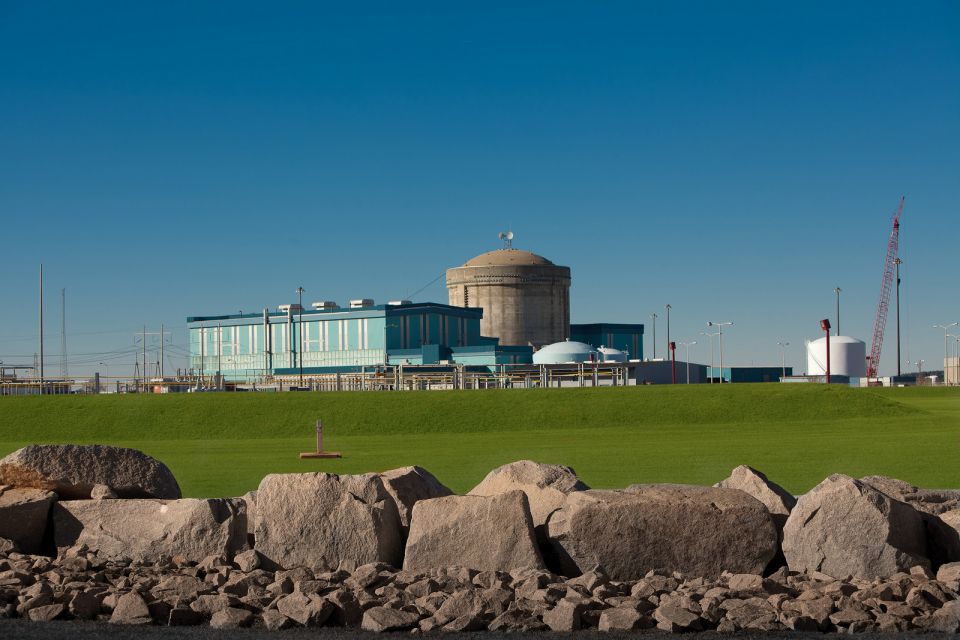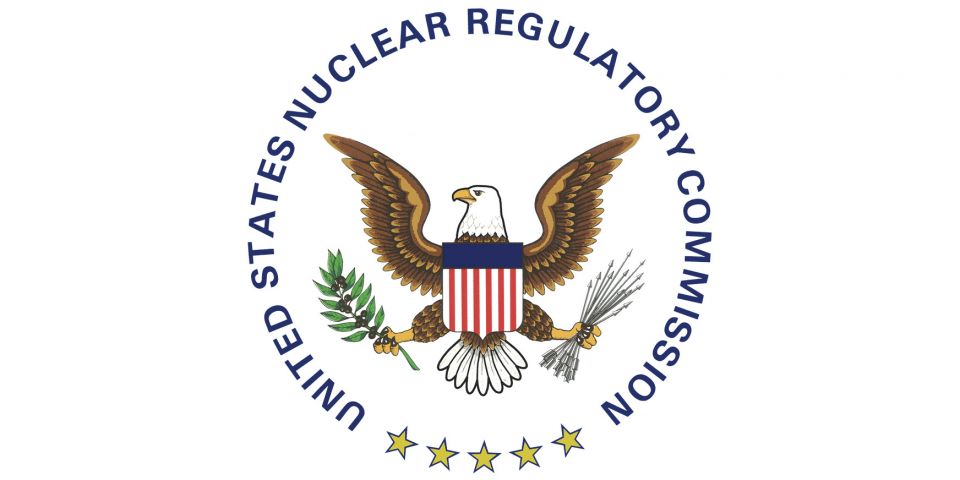ANS calls for a public meeting with NRC on RIPB design standard
The American Nuclear Society has published the first voluntary consensus standard for nuclear reactor design that formally incorporates risk-informed, performance-based (RIPB) decision-making in July 2022. ANSI/ANS-30.3-2022, Light Water Reactor Risk-Informed, Performance-Based Design, tells reactor designers how they can incorporate RIPB principles and methods to ensure safety in new commercial light water reactor designs, and it includes a spectrum of options using both deterministic and risk-based approaches. As the first such standard, ANSI/ANS-30.3-2022 represents progress toward the adoption of RIPB principles for nuclear regulation and licensing—a shift the Nuclear Regulatory Commission was directed to make in the Nuclear Energy Innovation and Modernization Act, which became law five years ago.







